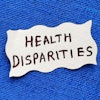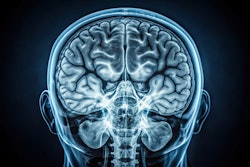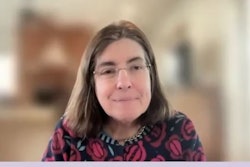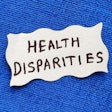Health equity training can help future radiologists better understand diverse patient needs, according to results published February 8 in Clinical Imaging.
In their qualitative-based needs assessment, researchers led by Esteban Barreto, PhD, from the Center for Diversity and Inclusion at Massachusetts General Hospital in Boston found that more applied learning experiences among trainees and empathy in care delivery are needed to address these needs.
“It is important to foster community partnerships to ensure that the patient voice is included in the development of health equity curricula,” Barreto and colleagues added.
Imaging leaders have emphasized the need to recognize barriers patients and radiologists face to provide equitable access and quality care. Some leaders have looked to the potential of health equity training in helping providers understand unique patient needs.
Barreto and co-authors gathered needs assessment data from community-based focus groups. This data served as a foundation for a health equity curriculum for radiology professionals.
The study included data from 39 participants across four focus groups. Participants included 19 medical students, six radiology residents, and 14 community partners. From these focus group discussions, the researchers identified three themes: awareness of healthcare inequities, a gap between knowledge and practice, and achieving equity in radiology care.
Awareness
Subthemes identified for awareness include how structural racism is tied to unequal treatment, as well as the feeling of not being heard. Participants also reported ties between socioeconomic factors and barriers to care.
“When the patient gets discharged, they usually don't have a place to stay at or don't have access to food or financial support,” one participant said.
They also highlighted the need to recognize health inequities. And despite the advent of newer diagnostic techniques and imaging technologies, participants noted that these should ensure having a positive impact on patients rather than worsening existing disparities.
“I can't tell someone, ‘Hey, you need to go get a mammogram,’ if they don't have a facility let's say in the next 100 miles or so,” one participant said.
Knowledge and practice gaps
Trainees said that cultural exposure is an important step to better understand patient needs, the researchers reported. Some trainees had received formal training, such as standalone lectures that addressed disparities-related topics, though these were chosen as electives. Other participants mentioned that they observed inequities while studying abroad.
Trainees also highlighted a gap between classroom and clinical settings. This includes a disconnect between them and faculty partners who may not have the same understanding of social determinants as trainees in clinical education.
Achieving equity
Participants named three areas where such an achievement could be earned. These include having diversity representation in education and leadership, integrating health equity topics into existing training and everyday practice, and listening to trainees, residents, and community partners.
“They need to listen to us,” one community partner said. “When we tell them, ‘This is what is happening,’ they need to sit and listen to us because we are the people who know what is going on within ourselves.”
The study authors highlighted that this data underscores the need for partnerships between healthcare and community organizations to meaningfully explore diverse perspectives. They added that such data can serve as a foundation in the development of a future radiology health equity curriculum.
The full study can be accessed here.




















